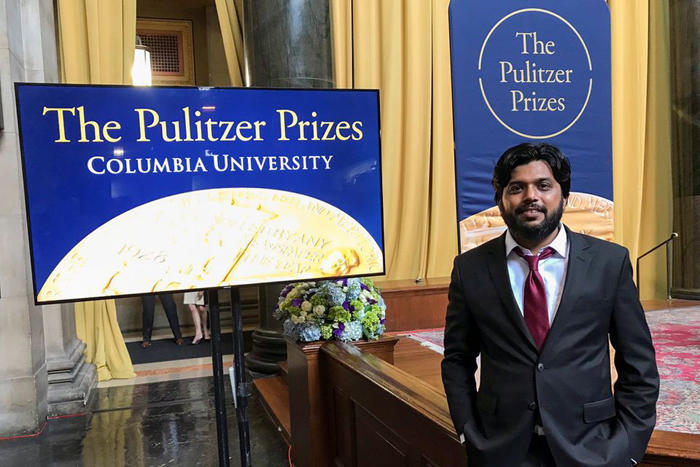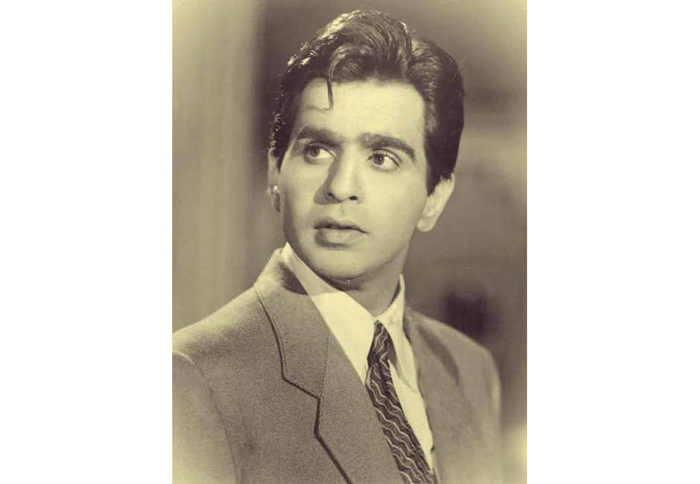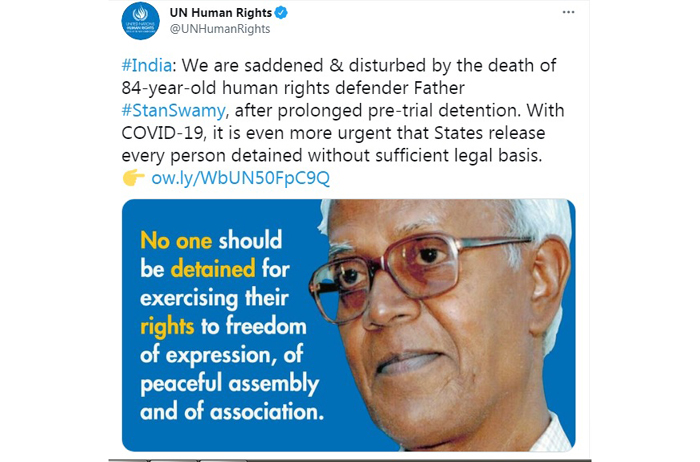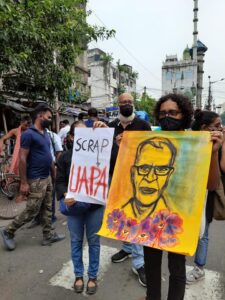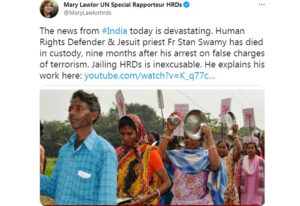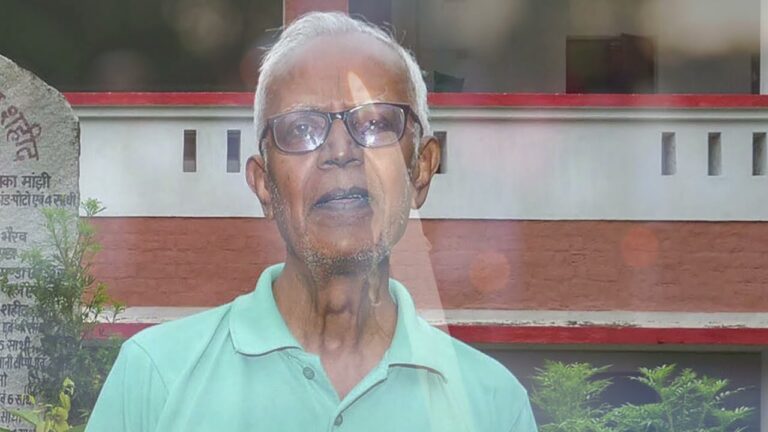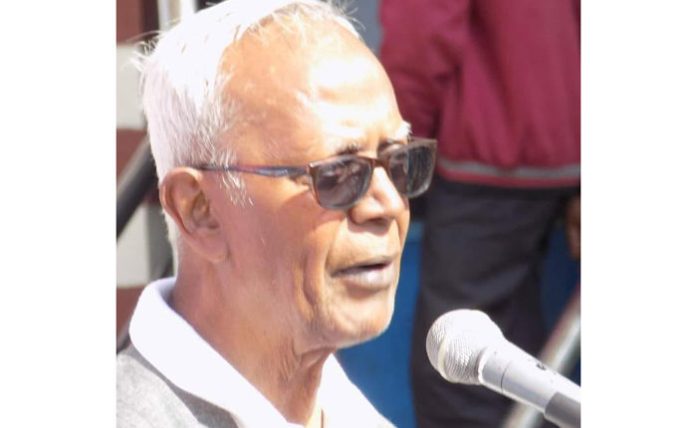Ranchi: If seeing the profile of the arrested three persons makes you think that the attempt to overthrow the Hemant Soren-led Mahagathbandhan government in Jharkhand is not a serious issue, then you have to think twice.
The attempt to topple the Soren government has been going on since long. Soon after Uttar Pradesh’s Congress leader Jitin Prasada joined Bharatiya Janata Party (BJP), yours truly had learnt from veteran journalist that the BJP is persuading another senior Congress leader who has UP as well as Jharkhand connection.
The leader, being in the charge of Jharkhand Congress affairs, if jumped the fence, would mean he will allegedly work on bringing party MLAs from the state into the saffron fold.
But, as it seems things were going fine for the Hemant Soren government, on the complaint of Congress MLA Anup Singh, few people, with token money, have been arrested from the state capital by Ranchi police allegedly to overthrow the Soren government.
After the incident, JMM spokesperson Supriyo Bhattacharya while talking to media persons claimed that BJP leaders during Dumka, Bermo and Madhupur by-elections had claimed that they will form government in Jharkhand.
Bhattacharya expressed surprise as to why this issue got raised that BJP will form a government when there is an elected government already functioning in Jharkhand?
“But BJP should know that the Karnataka Model and Madhya Pradesh Model are not going to work in Jharkhand. This (Soren) government is here for five years,” added the spokesperson.
“We were also alert and any such development will be checked sooner or later. This incident has for sure, given the message that it is not easy for BJP in Jharkhand to operate ‘Operation Kamal’ in the state,” JMM MLA Sudivya Sonu told eNewsroom.
Humiliation of Congress leaders
Amid all these, the one factor that cannot be ignored is the role of Jharkhand Congress leaders.
Interestingly, in the entire episode, while three Congress leaders are being accused of being in touch with BJP leaders, another Congress leader registered FIR about the alleged attempt to purchase MLAs.
Anup Singh, Bermo’s Congress MLA, who informed Ranchi police, about people staying at Ranchi hotels to deal with Congress MLAs, is a first-time legislator. He had won from the seat which was earlier represented by his father Rajendra Singh. Anup is a leader of INTUC too, Congress’ trade union body.
Political observers believe that Anup has less chance to change the fence as then he has to leave INTUC as well, which is one of the largest trade unions in India and the young leader will not risk it. So when he was approached to leave the grand old party, the matter leaked.
But, where Anup, a Congress MLA informing police about their partymen, Jamtara MLA Irfan Ansari, being in touch with BJP has raised many questions too.
In Jharkhand politics, Ansari is known for being vocal against BJP’s anti-minority policies and remains in limelight for one or other statements against the saffron camp.
His name cropping along with two other MLAs, Umashankar Akela and Amit Yadav has surprised many.
Observers also say that other than tribal MLAs of Congress, nobody can vouch for the rest of Congress leaders.
After the arrest, a tribal Congress MLA Naman Bixal Kongari claimed that he was offered Rs one crore and a ministerial berth to topple the Jharkhand government. But he informed Hemant Soren as well as RPN Singh about it.
However, Ansari refuted all the charges, “To form government in Jharkhand, BJP needs 11 MLA, not just three, so all these charges are baseless.”
After the latest development, Singh also claimed that the party in Jharkhand is intact and there is no threat to the government.
However, what happened in Jharkhand, only hints that Congress’ national leadership has to set its house in order as the party, even being elected to rule, has already lost it in Karnataka and Madhya Pradesh.




